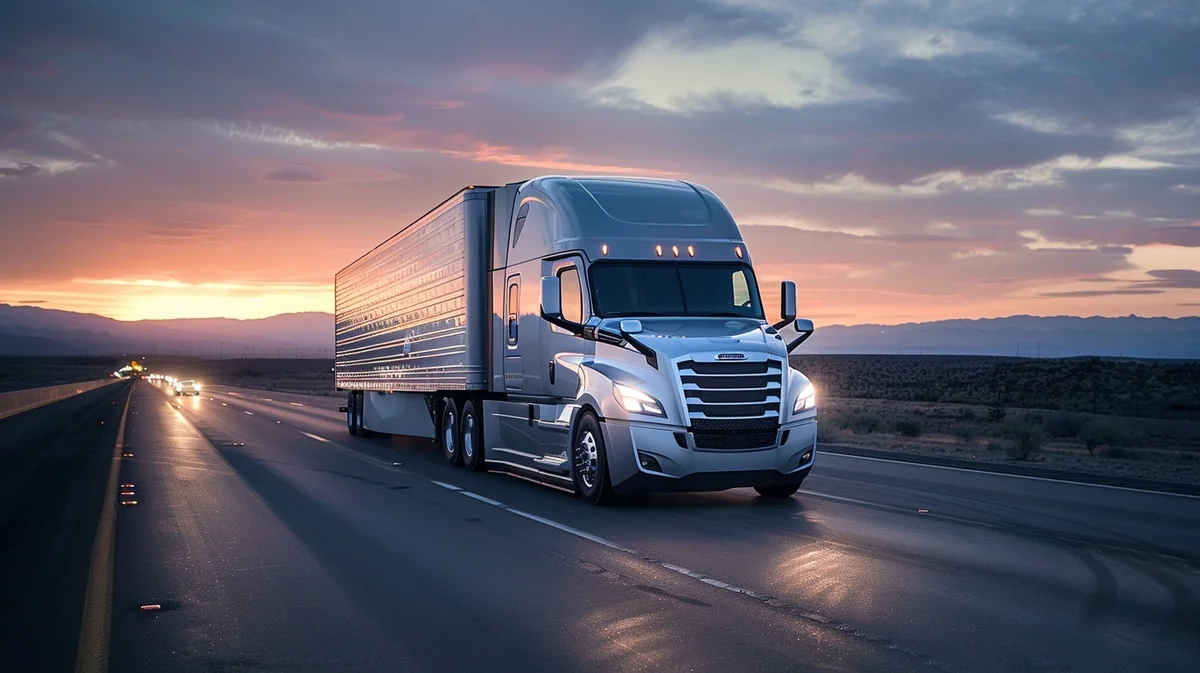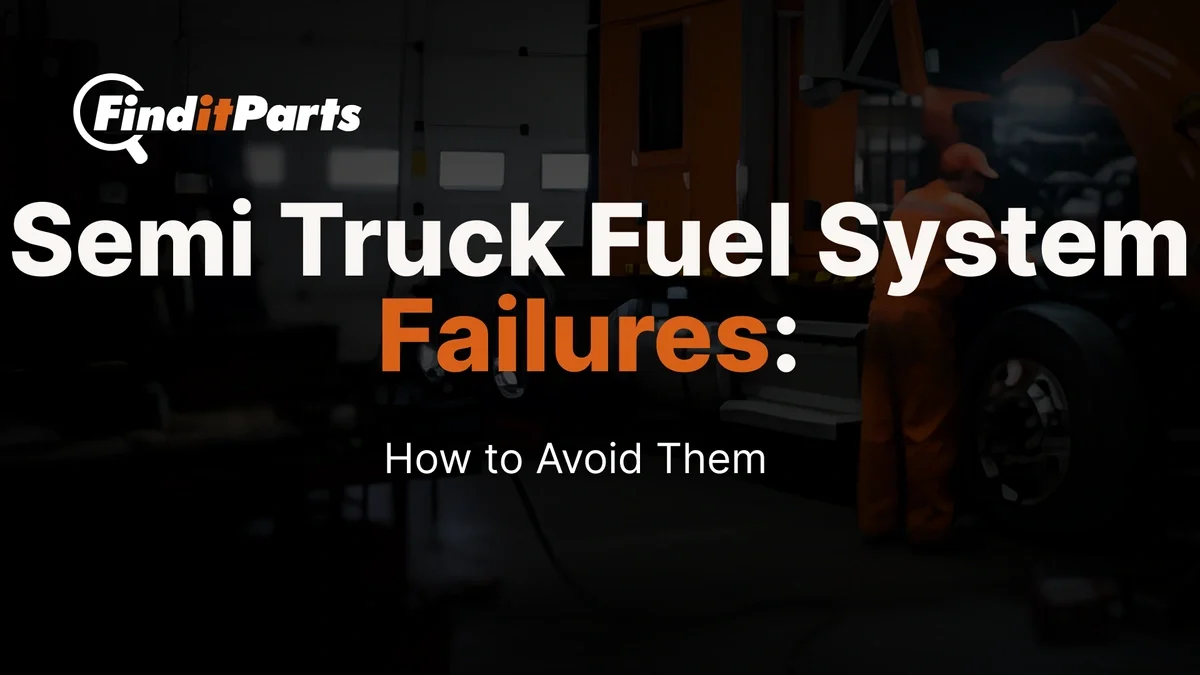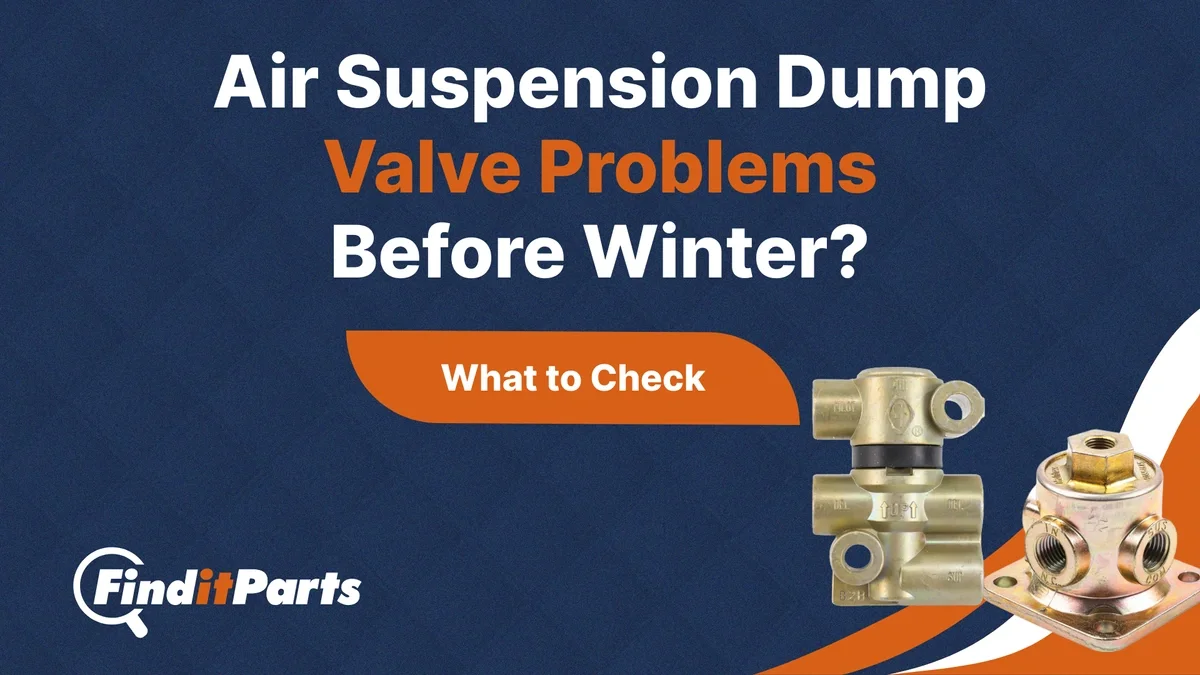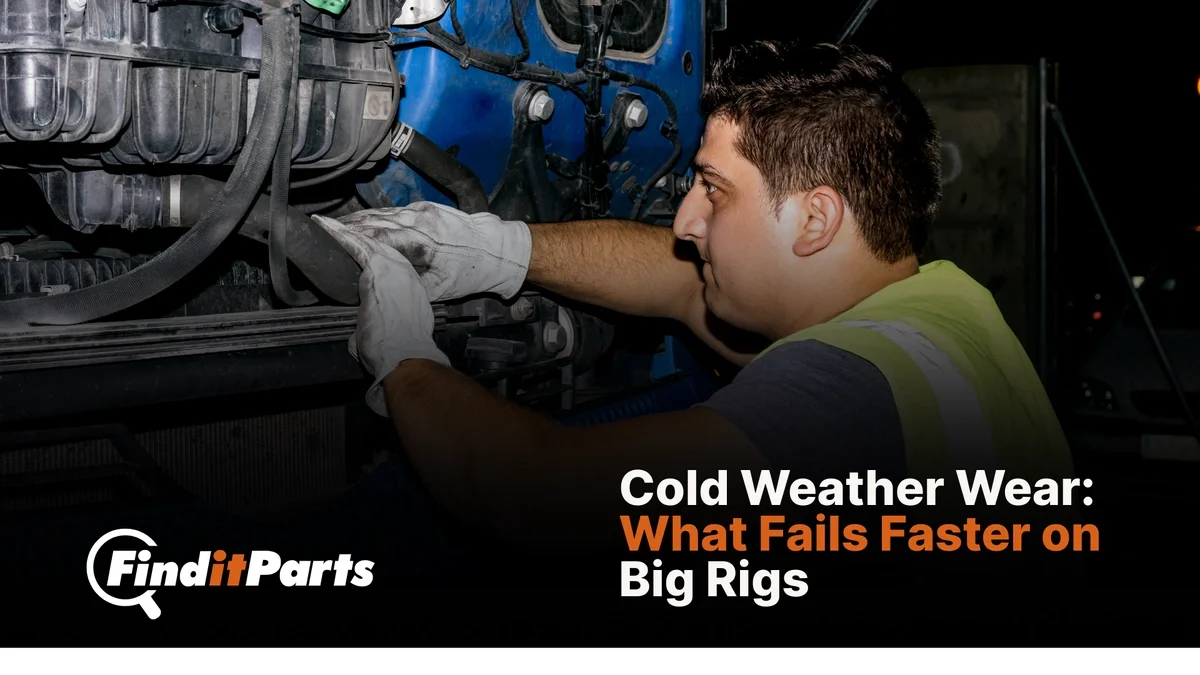Need help? We're here!
(888) 312-8812 Login SignupLatest Advancements in Heavy-Duty Truck Components
October 02, 2025

Ever been stranded on the side of the highway with a load in the back, a deadline ahead, and no clue what's wrong with the truck? It's a feeling most long-haul drivers know too well. Downtime costs more than money. It wrecks schedules, piles up stress, and adds wear and tear to your day. The good news is, heavy-duty truck components have come a long way. Smarter, cleaner, and tougher parts are making breakdowns less common and hauls more efficient.
New technologies are showing up in all the right places, from under the hood to under the frame. These aren't just fancy upgrades for show. They're workhorses built to keep trucks running longer and performing better, especially for those logging serious miles. Whether you're managing a fleet or driving solo, here’s a look at what’s changing and how it can help you stay rolling without missing a beat.
Next-Generation Engine Technologies
Modern engines are built to be more fuel-conscious, stronger under pressure, and able to run cleaner than older models. We've moved way beyond just bigger power numbers. Now it's about smart power, getting the most out of every drop of fuel while keeping wear and maintenance low. What stands out the most is the use of lighter but stronger materials like compacted graphite iron and aluminum alloys. These materials cut down engine weight while boosting durability.
Another key shift is how these engines handle emissions. New low-emission engines use improved exhaust gas recirculation, selective catalytic reduction, and diesel particulate filters. That means less environmental impact and fewer headaches during compliance checks. They also run cooler and quieter, which helps reduce wear on surrounding parts and improves engine life.
Real-time diagnostics are also becoming standard. Integrated sensors now track how hard your engine is working and can identify small issues before they become big problems. For a fleet manager, that means fewer surprises and more control over truck performance. For the single operator, it’s peace of mind that the equipment is working with you, not against you.
Advanced Suspension Systems
A smoother ride isn't just about comfort. It's about control. And when you're hauling thousands of pounds across unpredictable roads, control means safety. That's where the new generation of suspension systems comes in.
| Here are a few standout advancements: |
| Air ride suspension systems now offer better leveling, even with shifting load weights. That keeps trailers stable and cuts down on uneven tire wear. |
| Electronically Controlled Air Suspension (ECAS) systems can adjust settings in real time in response to road conditions and load changes. |
| Lightweight composite leaf springs replace older steel springs, trimming weight while maintaining strength. |
One delivery fleet that made the switch to ECAS noticed fewer damaged goods and less driver fatigue. Improved suspension reduced the jarring impact on both cargo and driver. Drivers logged long hours with more comfort and better control, which helps with both retention and performance.
Upgrading suspension also relieves strain on surrounding truck parts. Less bouncing and jolting means your frame mounts, fifth wheels, and brake lines all last longer. That’s more uptime and fewer repair jobs.
Smart Brake Systems
Brakes are your last line of defense. Outdated systems often struggle with heavy loads or slick conditions. Today’s braking tech helps address those gaps with faster, smarter control.
Electronic braking systems, or EBS, are now widely replacing older air-only systems. Digital controls respond more quickly under pressure and give drivers more consistent stopping power. This is especially valuable when hauling through foothills, busy cities, or haul yards that demand frequent stopping.
The value of EBS goes beyond safety. These systems gather data to track brake wear, performance, and potential failures. Maintenance becomes proactive instead of reactive, cutting down on surprises and major repairs. Drivers also report smoother stops, which leads to better control in traffic and less wear on tires and suspension.
Automatic emergency braking, or AEB, uses radar and sensors to detect slower vehicles or obstacles in your path. If the driver doesn’t react quickly enough, AEB steps in to slow the truck. Though it’s not meant to replace driver attentiveness, it adds a second layer of defense that works well during late runs or surprise traffic slowdowns.
Some systems now combine EBS with traction and braking control. This all-in-one functionality helps when the roads get slick or roadsides get steep. By making micro-adjustments to individual wheels, the system helps avoid jackknifing and keeps things stable. That’s real tech value during the toughest parts of the route.
Enhanced Electrical and Lighting Components
It doesn’t take much to appreciate a well-functioning electrical setup—especially when your lights don't fail in the middle of a storm or a sensor doesn't short out in the heat. Upgraded wiring, connectors, and lighting are changing how durable and dependable trucks can be on long hauls.
Newer trucks often come with systems that help diagnose faults quickly. Gone are the days of chasing down wiring issues by hand. Built-in diagnostics can now tell you exactly where something starts to go wrong. That reduces time spent in the bay and helps avoid return trips for small electrical fixes.
Lighting has made some of the biggest strides. LED headlights and taillights last longer than halogens, burn cooler, and use less power. For trucks facing rough terrain or weather conditions, that matters. Brighter lights help drivers see farther and stay visible to others without draining the batteries or fading within a few weeks.
| Look out for these helpful features when considering upgrades: |
| LED lighting all around for energy efficiency and clearer visibility |
| Power-distribution modules that help manage loads and protect components |
| Sealed, weatherproof connectors that cut down corrosion in wet or salty conditions |
| In-cab alerts that notify drivers when a fault is about to cause a system problem |
While these components may not draw a lot of attention, they eliminate guesswork and improve driving safety in big and small ways. That means fewer roadside failures and a better shot at keeping schedules tight and jobs done on time.
Why These Upgrades Matter on Every Mile
The road hasn’t changed, but the rigs driving it have. Every one of these innovations put more control, comfort, and performance into the hands of people who spend their lives behind the wheel. Whether you’re driving solo or managing a hundred trucks, better systems mean better results.
Smart components create smoother rides and easier maintenance. Electronic tools flag issues before they become problems, while lighter materials give your truck better fuel numbers without giving up strength. Onboard sensors and real-time feedback take guesswork out of your day—freeing you up to focus on the road instead of what's going wrong with your equipment.
Technology won’t replace the driver, the tech, or the fleet manager, but it does make their jobs more manageable. If you're looking to keep your rigs on the road longer, reduce costly delays, and improve driver satisfaction, small upgrades across major systems can make a big difference.
As more smart systems become standard, the difference between a good haul and a great one often comes down to what’s under the hood, behind the cab, or built into the dash. Investing in dependable technology today helps you stay ahead tomorrow and keeps your operation moving forward without missing a beat.
Looking to maintain and enhance the efficiency of your fleet? FinditParts Inc. offers a wide selection of heavy-duty parts for trucks to help you stay ahead on the road. Whether you're a fleet manager, repair shop owner, or independent operator, our inventory has what you need to keep trucks rolling smoothly and reliably.



